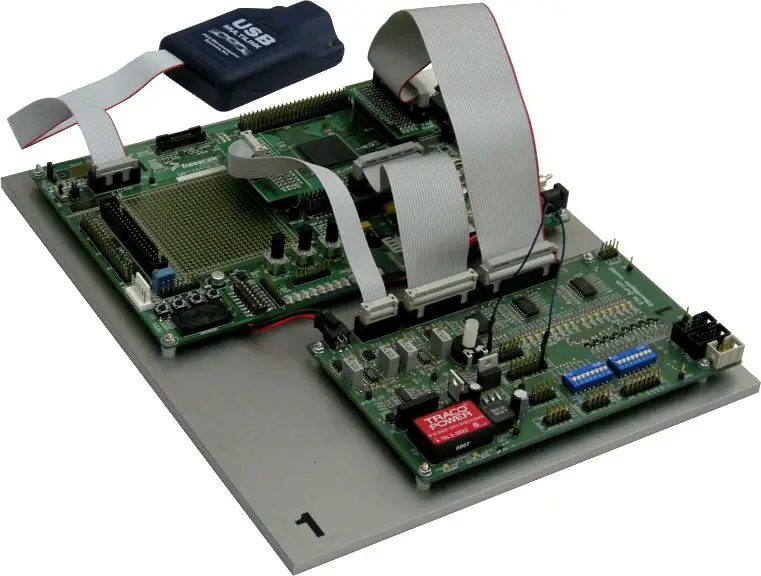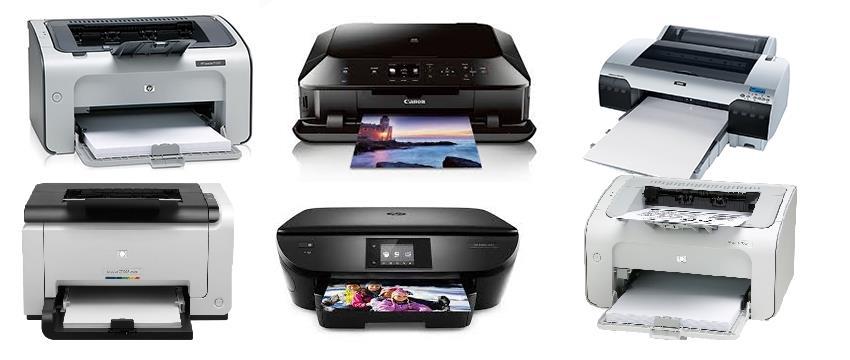Embedded systems have found quite a wide variety of applications, such as in music players, washing machines and home automation systems. These systems have found their way into industrial applications where they form Embedded Control Systems.
Are you curious about what functions these systems perform? This article explains what Embedded Control Systems do. I hope you will find it informative.
Before I begin, there is a need to understand the meaning of the terms control system, and embedded system. This makes it easy to understand exactly how these two are combined to form an embedded control system.
Table of Contents
What is a Control System?
A control system manages, commands, directs or regulates the behaviour of other devices or systems through the use of control loops in order to achieve desired results.
What is an Embedded System?
An embedded system is defined as a purpose-built computing platform that is designed to accomplish a specific software-controlled task. It is usually made to be part of a larger system.
The Embedded Computer System
These two definitions then help us to give the definition of the Embedded Control System. It is defined as a purpose-built computing platform that is designed to manage, command or regulate devices or systems through the use of control loops in order to achieve desired results.
In recent years, the control systems played the main role in the advancement and development of technology. The invention of the microprocessor led to the shift from the use of traditional control systems to the use of Embedded Computer Systems.
The main feature present in control systems is that a clear mathematical relationship between the input and output must be present. When the relationship between the input and the output of the system is liner, the system is referred to as a linear control system. In other cases where the output and input relationship cannot be represented by a single linear proportionality, and they are related by some non-linear relation, the system is called a non-linear control system.
Requirements needed for a Good Embedded Control System
Sensitivity
The parameters of the control system continuously change. This is due to the change in the conditions of the surroundings, the internal disturbance, and other parameters. This change can be expressed in terms of sensitivity. The control system should be insensitive to such parameters but sensitive to input signals only. This is made possible through the use of software algorithms present in the embedded control systems.
Accuracy
This is defined as the measurement of tolerance of the instrument. It defines the limits of the errors made when the instrument is used in normal operating conditions. In order to increase the accuracy of control systems, error detectors are used, as well as software algorithms that are implemented in the embedded control system. These maximize the accuracy of the control system.
Noise
Any input signal that is undesirable is referred to as noise. A good embedded control system is able to reduce noise. This is implemented using various software algorithms in the embedded control system. The system can be programmed to identify unwanted signals and automatically reject them.
Speed
The time taken for the control system to achieve its stable output is what the term speed means. A good embedded control system possesses high speed. The transient period present in such a system is quite small.
Types of Embedded Control Systems
Various types of embedded control systems are present, and it is important to note that all of them are made to follow this basic principle – to control the outputs.
There are two main types of embedded control systems they are:
- Open loop embedded control systems
- Closed loop embedded control systems
Open loop Embedded Control Systems
This is an embedded control system in which the control action present is independent of the output of the system.
Examples are the following:
Electric Hand Drier
In this embedded control system, a sensor (usually an ultrasonic sensor) is present which detects whether a hand is present. It then releases hot air as long as the hand is present. The system does not check whether the hand has dried or not. It keeps pumping out hot air.
Automatic Washing Machine
A keypad and Liquid Crystal Display (LCD) screen are present in this case. A user looks at the LCD screen, navigates to the option to select washing, and uses the keypad to enter the number of minutes he would like the machine to run for. The machine runs according to this time set whether or not the clothes are clean.
Open loop embedded control systems have the advantages that they are economical, generally stable, are easy to maintain and are simple in construction and design.
They have the disadvantages that they are inaccurate, unreliable and any change in output cannot be corrected automatically.
Closed Loop Embedded Control Systems
These are embedded control systems in which the output has an effect on the input which results in the input quantity adjusting itself based on the output. Open loop embedded control systems can be converted into closed loop embedded control systems by providing feedback. The feedback automatically makes the changes needed in the output due to external disturbance.
Examples are the following:
Air Conditioner
Temperature sensors are present in an air conditioner. The user sets the desired temperature. The air conditioner then uses the temperature from the sensors to determine whether it should produce hot air, or cold air.
Water Level Controller
This uses a level sensor which determines the current position of water in the reservoir. It then uses the information to determine whether to add more water to the reservoir or to shut the water admission valves.
Advantages of closed loop systems are that they are highly accurate as any error present is corrected due to the presence of the feedback signal, they are less affected by noise and the sensitivity may be made small to make them more stable.
Disadvantages of these systems are that they are costly, require more maintenance, are more complicated to design and stability is a major problem.
Feedback
A feedback loop is a tool which takes the system output into the consideration and helps the system to adjust its performance to meet the desired results. This is achieved by using a signal from the output and feeding it back to the input. This signal is compared with the reference input and the error signal is generated. The error signal is applied to the controller, and through this process, the embedded control system corrects the output.
Note: When the feedback signal is positive, then the system is referred to as a positive feedback system. When the feedback signal is negative then the system is referred to as a negative feedback system.
And this bring me to the end of this article. I hope you learnt something new!





